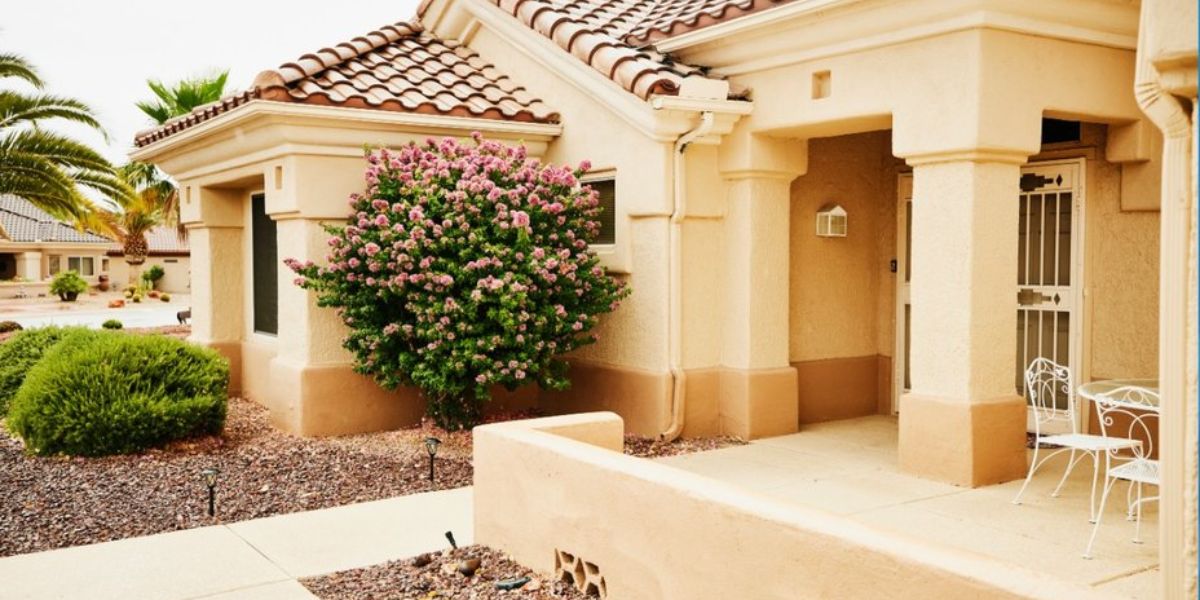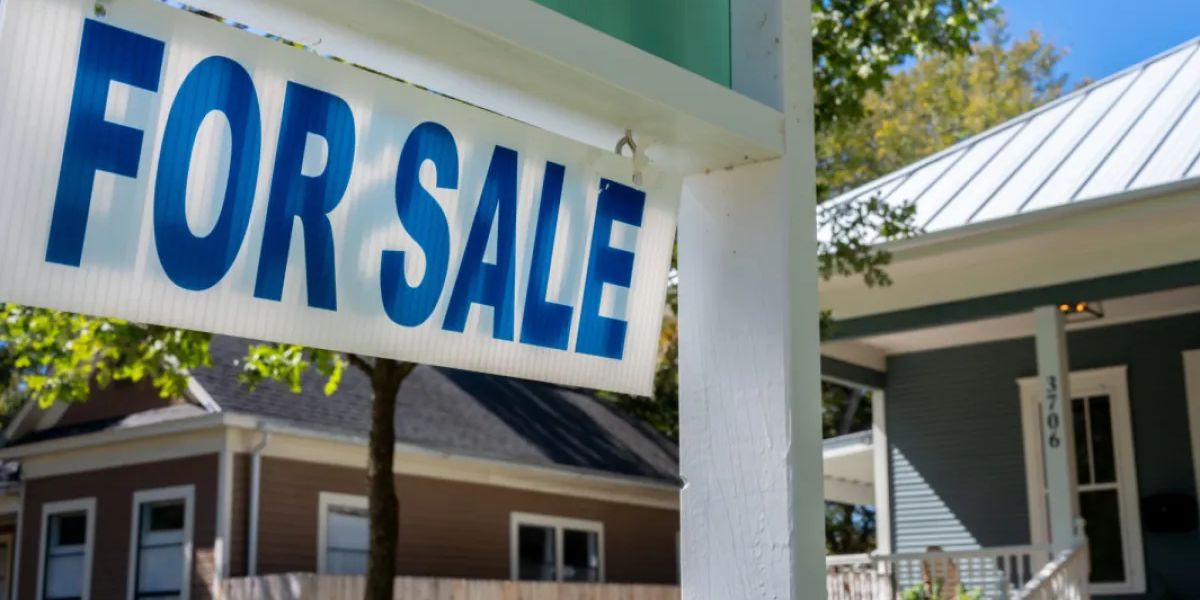As housing affordability becomes a top priority for many Americans, mobile and manufactured homes are gaining popularity, particularly in states where lower upfront costs and faster build times are driving demand.
But with these benefits come unique considerations, especially when it comes to home insurance.
Unlike traditional site-built homes, mobile homes face different risks and coverage requirements—an important factor to understand, especially if you’re buying in disaster-prone areas.
What kind of insurance does a mobile home need?
Most mobile homes require a mobile or manufactured home insurance policy (HO-7). This is different from a policy that you would get for a home (HO-3) built on a foundation.
Manufactured homes (especially those built before HUD code standards were implemented in 1976) can be more vulnerable to wind, fire, and other natural disasters due to their construction and mobility.
HO-7 coverage typically includes the following:
- Dwelling coverage covers damage to the physical structure of your home caused by covered perils like fire, wind, hail, or vandalism. This includes walls, roofing, and built-in systems.
- Personal property: Provides coverage for your belongings inside the home, including furniture, electronics, clothing, and appliances, if they’re damaged, stolen, or destroyed.
Liability: Protects you financially if someone is injured on your property or if you accidentally cause damage to someone else’s property. - Loss of use (additional living expenses): Helps pay for living expenses, like hotel stays, meals, and transportation, if your home is temporarily uninhabitable from a covered event.
Other structures: Covers detached structures on your property, like a shed or carport.
Make sure to confirm the limits and exclusions with your insurance company.
Premiums for mobile home insurance
The cost for mobile home insurance can vary based on the age and condition of the home, insurance claim history, and location.
According to recent data, the average annual premium for a mobile home ranges from $700 to $1,500.
In high-risk states such as Florida and California, premiums can cost around $1,800 a year. In Texas, you can expect to pay between $1,500 and $2,700 a year.
How does mobile home insurance differ from traditional homeowners’ insurance?
While mobile and manufactured homes serve the same purpose as site-built houses, they’re insured quite differently.
These differences come down to factors like construction standards, how the home is anchored, and how insurers assess risk.
Risk assessment
Insurance premiums are based on risk. The more likely it is that something will happen to your home (like a fire, storm damage, or even theft), the more your insurance will cost.
Mobile homes are seen as higher risk since they’re typically located in rural or weather-prone areas, and their construction makes them more susceptible to damage from wind, hail, and fire.
As a result, insurers might charge higher premiums or exclude certain perils unless additional coverage is purchased.
Coverage limits
HO-7 policies might come with lower coverage caps compared with standard HO-3 policies. Replacement cost coverage can also be harder to secure without an endorsement, particularly for older mobile homes.
Foundation considerations
Traditional homes are built on permanent foundations, which provide structural stability and reduce risk.
Mobile homes, by contrast, might be installed on blocks, piers, or other nonpermanent systems. This increases risk during severe weather events and is a key consideration for underwriters.
Why add-ons are essential
Home insurance does not cover everything, and so many owners need to supplement their base insurance with additional riders or separate policies.
Standard HO-7 policies do not cover flood damage. If your mobile home is located in a FEMA-designated flood zone—or even just a region prone to flash flooding—you’ll need a separate flood policy, typically through the National Flood Insurance Program.
In hurricane-prone areas, insurance companies might exclude wind and hail from standard coverage as well, so you might need to purchase a separate rider or policy. Some states offer coverage through specific programs—the Texas Windstorm Insurance Association, for example—or similar entities in other high-risk areas.
In certain regions, private insurance companies might decline to write policies for mobile homes altogether.
When this happens, homeowners might have to turn to a state-run Fair Access to Insurance Requirements (FAIR) Plan or a similar insurer of last resort. While these plans ensure access to basic coverage, they often come with higher premiums and more limited options than private-market policies.
Are mobile homes harder to insure?
Mobile and manufactured homes are often more difficult and expensive to insure than site-built homes—especially older ones constructed before June 15, 1976, when federal HUD construction standards went into effect.
Many mainstream carriers won’t cover these homes at all, and owners might need to turn to specialty insurers or state-run plans.
Across the board, homeowners insurance companies, including those covering mobile homes, are denying more claims. For instance, one insurer reported nearly 48% of claims were closed without payment in 2023, compared with the industry average of 37%.
How to save on mobile home insurance
Mobile home insurance costs can add up, but with the right upgrades and a bit of strategic shopping, homeowners can meaningfully reduce how much they could potentially pay.
Here are a few ways:
Make structural upgrades to your home
Installing tie-downs or hurricane straps helps anchor your mobile home to the ground more securely, reducing the risk of damage in high winds and potentially lowering your premium by hundreds of dollars each year.
Upgrading your skirting can also help by reducing wind uplift under the home, which insurers see as a risk-reducing improvement.
Roof and siding materials also matter. If your home has impact-resistant shingles or Class 3 or 4 roofing, you might qualify for discounts—especially in hail-prone states like Texas.
Similarly, switching to fire-resistant siding or replacing older roofing materials with modern, wind-rated options can lead to premium reductions, while also improving your home’s safety and longevity.
Install security systems or smart detectors
Having a monitored alarm system, smoke and carbon monoxide detectors, or even smart water leak sensors can make your home less of a liability in the eyes of insurers. Many insurance companies reward these upgrades with savings ranging from 5% to 15%.
Bundle insurance policies and look for discounts
Bundling your mobile home insurance with other policies—like auto, motorcycle, or life insurance—can often unlock multipolicy discounts of 10% to 25%, depending on the provider.
If you already have a policy with a major insurer, it’s worth checking whether they also cover manufactured homes and offer bundling options.
Some companies even offer savings for administrative preferences like going paperless, setting up automatic payments, or paying your premium in full upfront.
Shop around for discounts
Just like with traditional homeowners insurance, most mobile home insurance providers offer a variety of discounts that can help lower your premium, sometimes significantly.
For example, Foremost Insurance, part of Farmers, specializes in mobile home coverage and offers discounts for bundling with auto or RV policies, installing safety features like smoke detectors and security systems, and even for retired or newer homeowners.
American Modern Insurance Group caters to specialty and higher-risk properties, providing discounts for bundling and claims-free histories, with flexible coverage options to avoid unnecessary costs.
Mainstream insurers like Allstate, Progressive, and State Farm also offer mobile home policies. Allstate provides savings for original owners, theft prevention devices, and claims-free records.
Progressive is competitive on bundling, paperless billing, and smart home devices, while State Farm might offer discounts for newer homes and multipolicy bundles.
In Texas, Assurant offers bundled disaster coverage, including flood and earthquake protection—critical for mobile homes in risky areas.
When shopping around or renewing coverage, it’s smart to ask your agent directly about any available discounts. Even small savings can add up over time.




